Top 7 Things To Consider When Buying A Range Hood
Do you want to purchase a range hood for your kitchen? There's a lot to think about, from range hood size, CFM, and ducting to your cooking routines and ... read more...personal preferences. You'll find all of the information you require right here. When purchasing a range hood, here are seven of the most crucial factors to consider.
-
The size factor of the hood that fits the room is very important. The range of hoods are usually 60, 70 and 90cm in size, corresponding to the common size of stoves.
With a 60cm-sized range hood, it is usually the design of the cabinet lines, suitable for kitchens that already have kitchen cabinets, so just buy and install the machine on the shelf, very convenient. The hood has a size of 70cm, which is considered the most common size in the kitchens of many families today.
With a size of 90cm, suitable for kitchens with a large area. Users can use this hood size for large kitchens and have designs such as wall-mounted range hoods. Its large size makes it suitable for restaurant kitchens, hotel kitchens, places with large space.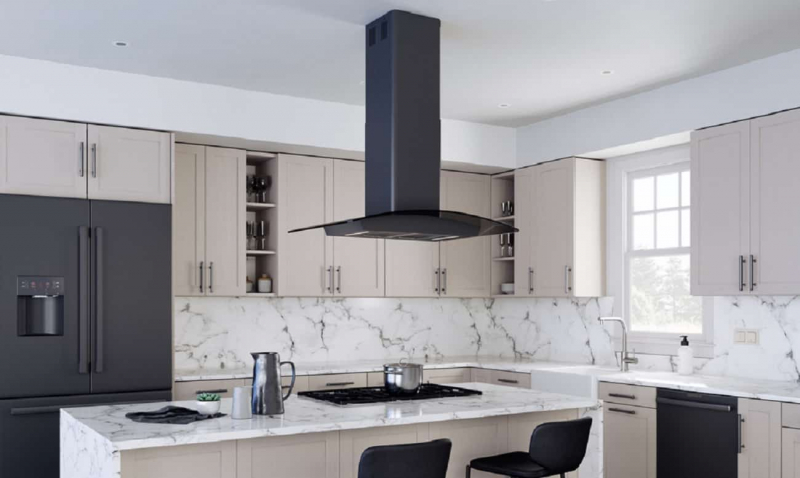
Source: The Cannibal -
The distributed hood on the market today has a noise level of 35 to 70 dB, you should choose a machine with the noise as low as possible.
However, the noise level of the machine is also affected by the suction power factor and the way it is installed. If when you check the noise level of the machine at the supermarket, the noise level is low, but when you return to the factory, the noise level is high, this may be because you have used the highest suction capacity or installed it wrong way. In this situation, you can check or ask a technician to check for you.
Low CFM does not always imply low noise; you also want a hood with a powerful motor. A 1000 CFM hood, for example, may have a quieter motor than a 600 CFM hood. It is dependent on the materials used and the production process employed. When you're out shopping, keep this in mind.
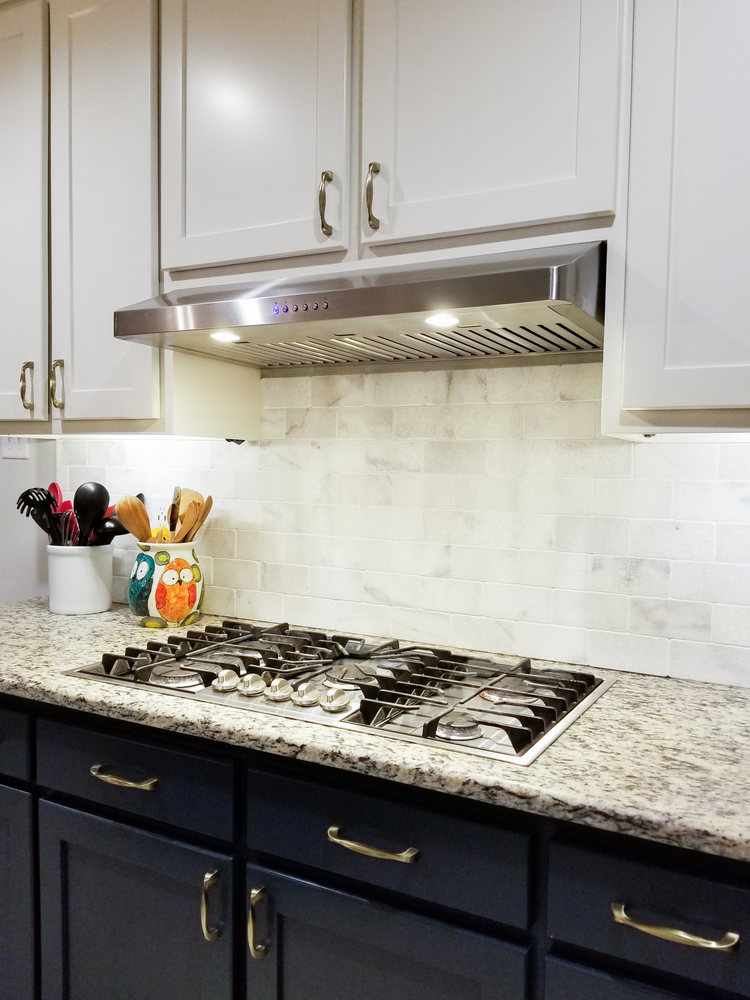
Source: prolinerangehoods -
A ducted exhaust system, also known as a vented system, employs ducts to transport air away from the house. "Out" is the essential word here. It means you won't be able to vent into another part of your house, such as the attic. If you have a ducted system, it's ideal to mount your kitchen hood on an external wall. The ducting will be shorter and more efficient if you position it this way. The ductwork and installation will get more involved and expensive as you travel further away from an exterior wall.
Rather than being directed outside, the air is filtered, cleaned, and returned to the kitchen using a duct-free exhaust system or a non-vented system's mechanism. This duct system is less efficient and requires additional care, such as cleaning and filter replacement on a regular basis. Know what to expect from the start.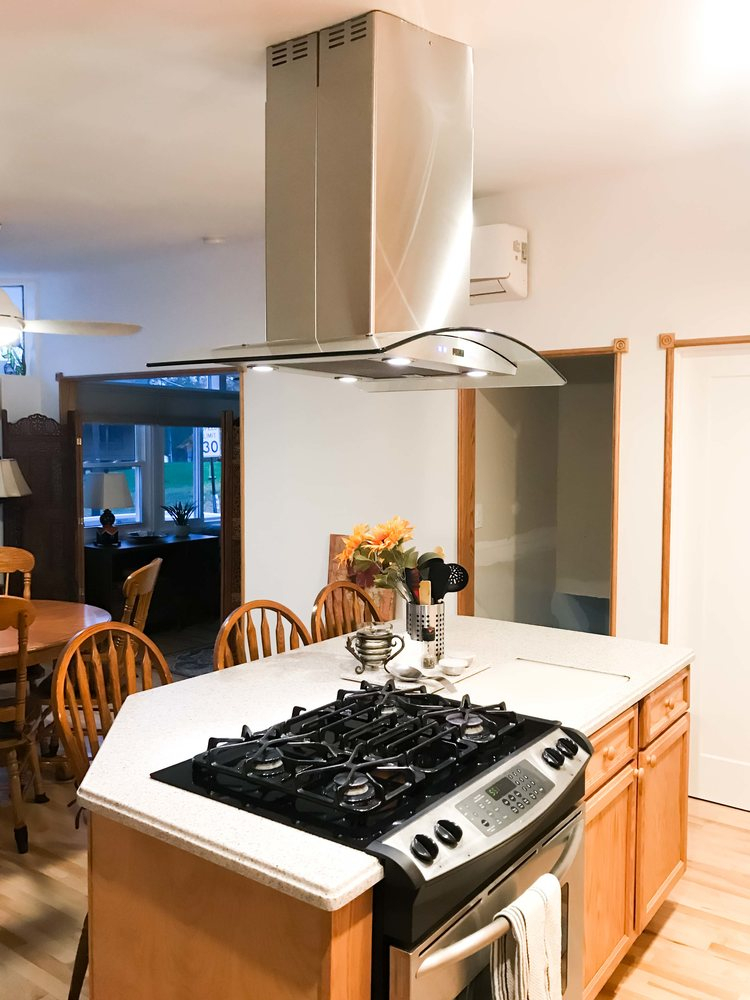
Source: prolinerangehoods -
It's all about the CFM when it comes to purchasing a new range hood. CFM, or cubic feet per minute, is a unit of measurement for airflow that is often used to characterize the capabilities of HVAC and air conditioning systems. Keep in mind that too little CFM won't give enough ventilation, while too high CFM will raise your utility expenditures.
To calculate a minimum CFM value, divide your stove's BTU rating by 100, according to the Home Ventilating Institute (HVI). A range hood that can produce 35,000 BTUs, for example, must have a CFM rating of 350 or above. You may easily determine the CFM by looking at the breadth of your stove. If your stove is against the wall, 100 CFM of airflow per linear foot of range is recommended. A 24-inch wide range, for example, would necessitate a hood with a CFM rating of 250 or above.
Your kitchen's size should also be considered, as your range hood should be able to thoroughly circulate the air in your kitchen 15 times each hour. This can be done by measuring the size of your kitchen's floor area. Multiply the floor area by the ceiling height to get the total volume of your kitchen. A kitchen with 150 square feet of floor area and an 8-foot ceiling height has a total volume of 1,200 cubic feet. To acquire the needed CFM rating, divide the entire volume by four. A range hood with a rating of 300 CFM is required for a kitchen with a volume of 1,200 cubic feet. Depending on the ductwork, increase the CFM.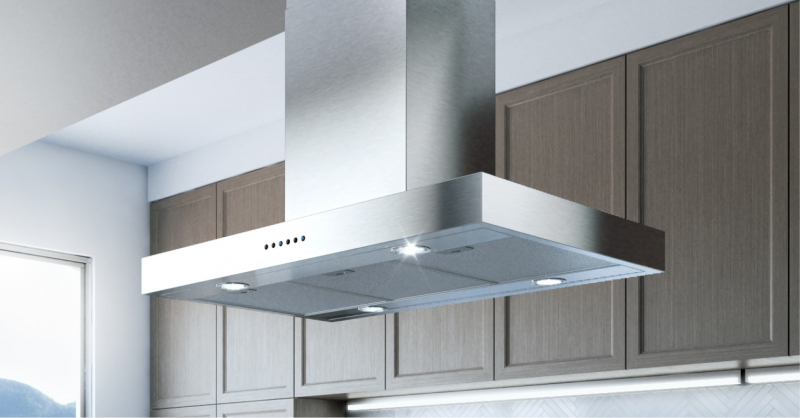
Source: Appliances Connection -
The size of your kitchen will determine how powerful an exhaust hood fan is required to cleanse the air and prevent heavy cooking odors. Multiply the height of the kitchen ceiling by the length and width of the room to get the fan power. This will give you an idea of how big your kitchen is. You should select a range hood that can replace or clean the air in that space at least eight times each hour.
If you routinely fry, grill on your range top, or cook spicy, fishy, or strong-smelling items, you might consider a professional-level range hood. If you're only doing some little cooking, a conventional range hood might suffice.
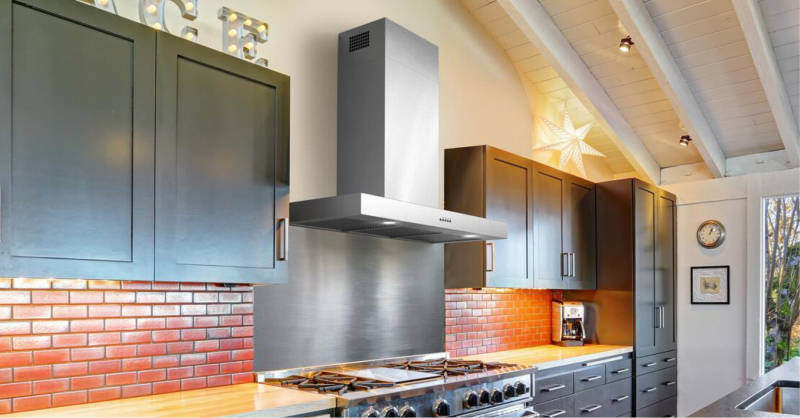
Soure: Appliances Connection -
Cost, like practically everything else you buy for your home, should be considered. The cost of the hood is affected by its size, power, materials, and specific hood features such as heat sensors, automated shutoff, and the type of built-in lighting. Before you go to the stores and showrooms, do your homework and check costs online. Installation expenses should also be considered, as installing a range hood is one of those jobs best left to the professionals. In addition, the cost of labor and supplies such as connectors and fittings might quickly exceed the cost of the hood.
In general, you'll want a range hood that excels in terms of performance as well as the overall aesthetic and feel it gives your kitchen. Choosing a new range hood necessitates a clear grasp of your budget as well as a dash of designer sensibility. When buying a range hood, make sure it fits your style and complements the rest of your kitchen.
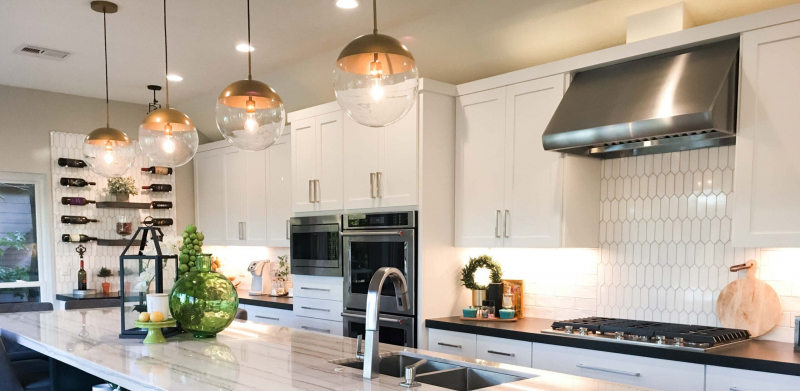
Source: Proline Range Hoods -
Maintenance is just as crucial as the price. Make sure the hood you choose is simple to maintain and clean, and that the parts are readily available and replaced in the event of damage.
Choosing a new range hood for your kitchen requires some arithmetic, designer sense, and a strong grasp of your budget. When purchasing range hoods, keep all of the above factors in mind so that you can get one that meets your needs and will last for years.
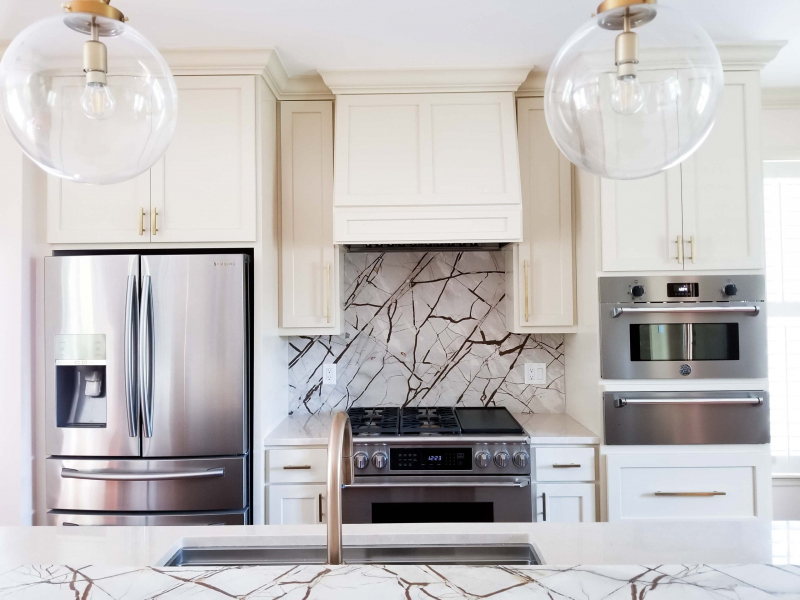
Source: Proline Range Hoods




























